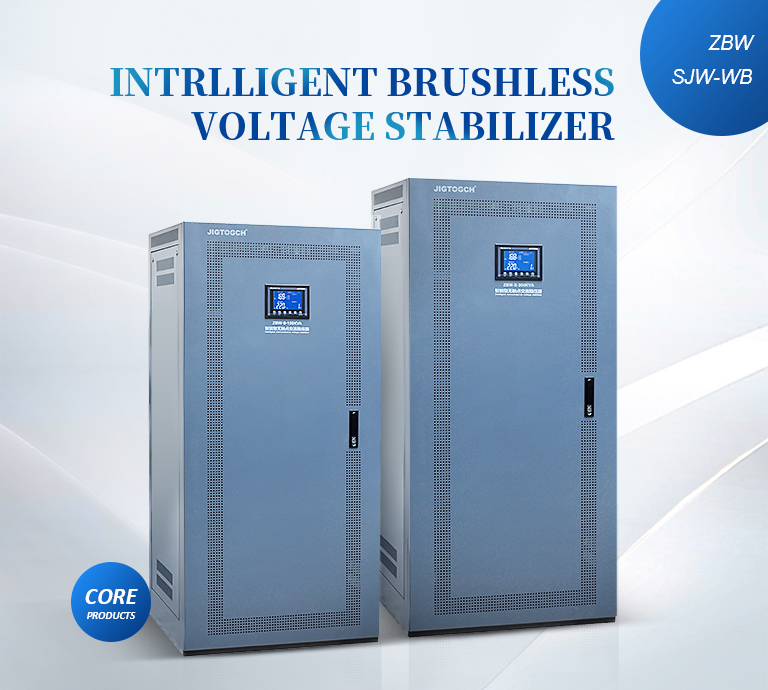News
Transformer troubleshooting
Date:2019-09-17
1, abnormal noise
(1) When the sound is loud and noisy, it may be a problem with the transformer core. For example, when the clamp or the screw that presses the iron core is loose, the indication of the instrument is generally normal, and the color, temperature and oil level of the insulating oil are not greatly changed. At this time, the operation of the transformer should be stopped and the inspection should be performed.
(2) The sound of boiling water is trapped in the sound, and the sound of the "gulugulu" bubble is released. It may be that the winding has a serious fault, causing the nearby parts to be severely heated to make oil. This sound is produced by poor contact of the tap-changer and severe overheating of the local points or short-circuit between transformer turns. At this point, the transformer should be stopped immediately for maintenance.
(3) There is an explosion sound in the sound. When it is large and uneven, it may be the breakdown of the insulation of the transformer body. At this time, the transformer should be stopped and repaired.
(4) When there is a "beep" sound in the sound, it may be a partial discharge of the surface of the transformer body or casing. If it is a casing problem, in the bad weather or at night, you can also see corona glow or blue, purple small sparks. At this time, the surface of the casing should be cleaned and then coated with silicone oil or silicone grease. coating. At this point, it is necessary to stop the transformer and check whether the grounding of the core and the distance from each live part to the ground meet the requirements.
(5) When there is continuous or regular impact or friction sound in the sound, it may be caused by mechanical contact of some components of the transformer due to the vibration of the iron core, or abnormal sound caused by electrostatic discharge, and various measuring meters There is no reaction between the indication and the temperature. Although the noise is abnormal, it is not harmful to the operation and does not need to stop running immediately. It can be excluded during the planned maintenance.
2, the temperature is abnormal
When the load and heat dissipation conditions and the ambient temperature are the same, the temperature of the transformer is higher than the original condition, and there is a rising trend. The transformer temperature is abnormally increased, and the transformer temperature is the same as the over-limit temperature rise. Symbol.
The causes of abnormal temperature rise are:
(1) transformer short circuit between turns, interlayers, and strands;
(2) transformer core is partially short-circuited;
(3) due to magnetic leakage or eddy current caused by fuel tank, box cover and other heat;
(4) long-term overload operation, accident overload;
(5) heat dissipation conditions deteriorated.
If the transformer temperature is abnormal during operation, the cause should be checked first, and then the corresponding measures should be taken to eliminate the temperature. If it is caused by the internal fault of the transformer, stop the operation and carry out maintenance.
3, fuel injection explosion
The cause of fuel injection explosion is that the fault short-circuit current and high-temperature arc inside the transformer cause the transformer oil to age rapidly, and the relay protection device fails to cut off the power supply in time, so that the fault persists for a long time, so that the internal pressure of the tank continues to increase, and the pressure is high. The oil and gas is ejected from the explosion-proof pipe or other weak parts of the tank to form an accident.
(1) Insulation damage: local overheating such as turn-to-turn short circuit causes damage to the insulation; the water in the transformer causes the insulation to be damaged by moisture; the overvoltage such as lightning strikes causes insulation damage and other basic factors that cause internal short circuit.
(2) Arcing caused by broken wires: Poor welding of wire group wires and loose connection of lead wires may cause wire breakage under high current impact, and high temperature arc occurs at the breakpoint to cause oil pressure to increase internal pressure.
(3) Pressure regulating tap changer fault: The voltage regulating section coils of the high voltage winding of the distribution transformer are connected together by the tap changer, and the tap changer contacts are connected in series in the high voltage winding loop, and the windings pass the load current and The short-circuit current, such as the static and dynamic contact of the tap-changer, generates a flashover and arcs to short-circuit the coil of the regulating section.
4, serious oil spill
The phenomenon of oil leakage during transformer operation is relatively common. If the oil level is within the specified range, it can still continue to operate or arrange for scheduled maintenance. However, the transformer oil leaks seriously, or continuously overflows from the damage, so that the oil level gauge has not seen the oil level. At this time, the transformer should be stopped immediately, trapped and refueled. The oil level of the transformer oil is too low, so that the casing lead and the tap changer are exposed to the air, the insulation level will be greatly reduced, and thus the breakdown discharge is easily caused. The causes of leakage of the transformer are: cracking of the weld or failure of the seal; vibration during operation; external force collision; serious corrosion and damage of the fuel tank.
Next:NO





